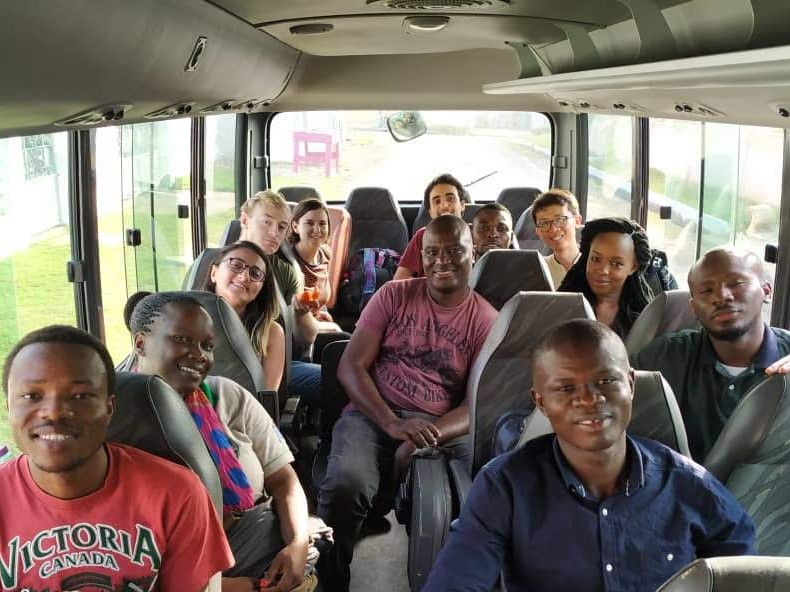
In Ghana, how the first-ever Youth in Landscapes Camp changed my mind
What do rural and urban landscapes in West Africa look like? What are the livelihoods of local communities? These were the two main questions I was asking myself before leaving for Ghana, which would be my first time in Africa. Though I had read a lot about Ghana, I know that to understand a country, its people and culture, one has to be there and get entrenched with the locals. Now, one month has passed since I have returned home to southern Italy, yet I’m still excited whenever I think of the six days and nights I was fortunate enough to spend in Ghana at the first-ever Youth in Landscapes Camp.
For years, landscapes have been central to my interests and research, which is particularly focused on the role of landscapes in sustainable local development. But in the real world and what commonly exists, especially in developing countries – is a trade-off between the need to protect landscapes and the pressures of socio-economic development. How to address this trade-off in a way that balances economic efficiency and social equity is, I think, the key to achieving sustainable development at a local level. And the first two days of the Camp provided a valuable opportunity to gain an empirical insight into local solutions to address the landscape-development trade-off.
I arrived in Ghana very late on 25 October, after a long trip from Naples to the Ghanaian capital of Accra. My first impression was of friendly, Chinese-speaking immigration officers inside the airport, and the second was of the humid and hot air outside. The next morning I was, unbelievably, awakened early by a symphony concert of insects, birds and other creatures outside, strangely akin to being in the mountains.
Day 1 – the perfect state of Harmony
The first day included a field visit to the Woara Beba village and the areas of red mangrove restoration at the Muni-Pomadze site (Winneba). We left early by bus from Accra, but arrived late due to heavy traffic almost all the way. I was amazed, looking at the ubiquitous monumental trees, towns and villages, and people along the streets. I knew that the landscape I was seeing, both natural and cultural, was one that I had never seen or known before.
Woara Beba is a traditional coastal fishing village. It boasts breathtaking landscapes, including splendid beach view, peculiar vegetation and characteristic vernacular architecture which uses local materials such as mud, straw, palm leaves, and mangrove branches.
Walking around in the village, I tried to greet and talk with the people (also animals!) I met. Not only was I being deeply touched by everyone’s deep humanity and simplicity, but started to believe that Arcadia does exist even in our modern world: human and nature can coexist in harmony in the same living space, at least people and animals. I saw here and there all kinds of domestic animals like goats, chicken and pigs searching at ease for food in the village, while children were merrily playing around and women preparing food together. Isn’t it what I saw a vivid embodiment of what I Ching teaches us: “…all kinds of things in the world should have their position of co-existence and taihe 太和 (the perfect state of Harmony), so everything can develop in harmony”?
Fishing and fish smoking are principal livelihoods of the local people; while men fish, women smoke the fish and sell them. Traditionally, they used red mangrove wood for the smoking, believing that it gave a better taste and higher market price. This, however, had a negative impact on the mangrove ecosystem, which has played a key role in preventing coastal erosion and regenerating the maritime fauna. Two major projects have been undertaken so far:
1) managing the mangrove forests, based on zoning and restoration; and
2) increasing incomes by training women and improving smoking kilns.
By talking with local women, I found out that: first, they prefer the new smoking kilns, which are more productive, energy-efficient and healthy. Second, they sell smoked fish to intermediaries. Third, all women work alone.
I understood change was needed in three aspects. First, the user’s ability to reinvest needs to be enhanced. At present, the management of new kilns can be unsustainable. When a new kiln is broken, the owner may abandon it and use again the traditional kiln.
Second, a shortened value chain would be desirable. Possible measures might include conducting outreach activities, branding and marketing, and using information and communications technology. This would help connect local women (the smoked fish suppliers) and end-users, thereby allowing the women to capture a fairer and greater share in the value chain. Third, it is necessary to foster collective economic entities, such as cooperatives. When united with the common interests and same vision, local women would be more powerful and competitive on the market. This could also prevent vicious competition among them.
All in all, it is with strong, circular economic development that local communities can be more resilient and have the capability and willingness to reinvest in both productive capital and mangrove restoration. This is crucial for any community like Woara Beba, in terms of sustainability, where poverty reduction should be considered as a top priority. In this sense, any landscape management initiative or intervention needs to allow sustainable use of natural resources while undertaking protection and restoration activities. This cannot be sustainable without strong, endogenous economic development.
Day 2 – the Janku Forest Reserve
The second day, we visited the Janku Forest Reserve in Mankwadze village. The site has seen ecological degradation due to continuous deforestation in past decades. The reforestation strategies took into consideration ecological and economic functions. The teak tree was the chosen species because it is resistant to termites and pests, fire and other extreme weather; it grows quickly and its trunk can be used as utility poles and for other industrial purposes.
One interesting incident occurred when our bus got stuck in the soil and we couldn’t pull it out, no matter how we tried. We called technical assistance and a tractor came, which failed, too. So, we called again for assistance and a mini-truck came and saved our day!
All in all, the Camp has enabled an effective engagement with its person-to-person and community-based approach. In particular, I benefited from its site visits, interactive workshops and community-building activities. I felt I investigated collaboratively on how to foster sustainable landscapes and local socio-economic development while being rooted in local communities.
The Camp has been an important networking platform, with promises post-Camp professional development through cooperation and collaboration with other participants. Last, but not least, the Camp will enable me to integrate into my current research on the correlation between landscapes and development, some local, empirical insights from Ghana, which deserves more academic attention.
Yapeng Ou – PhD in Urban Regeneration and Economic Development, Mediterranea University of Reggio Calabria, Italy







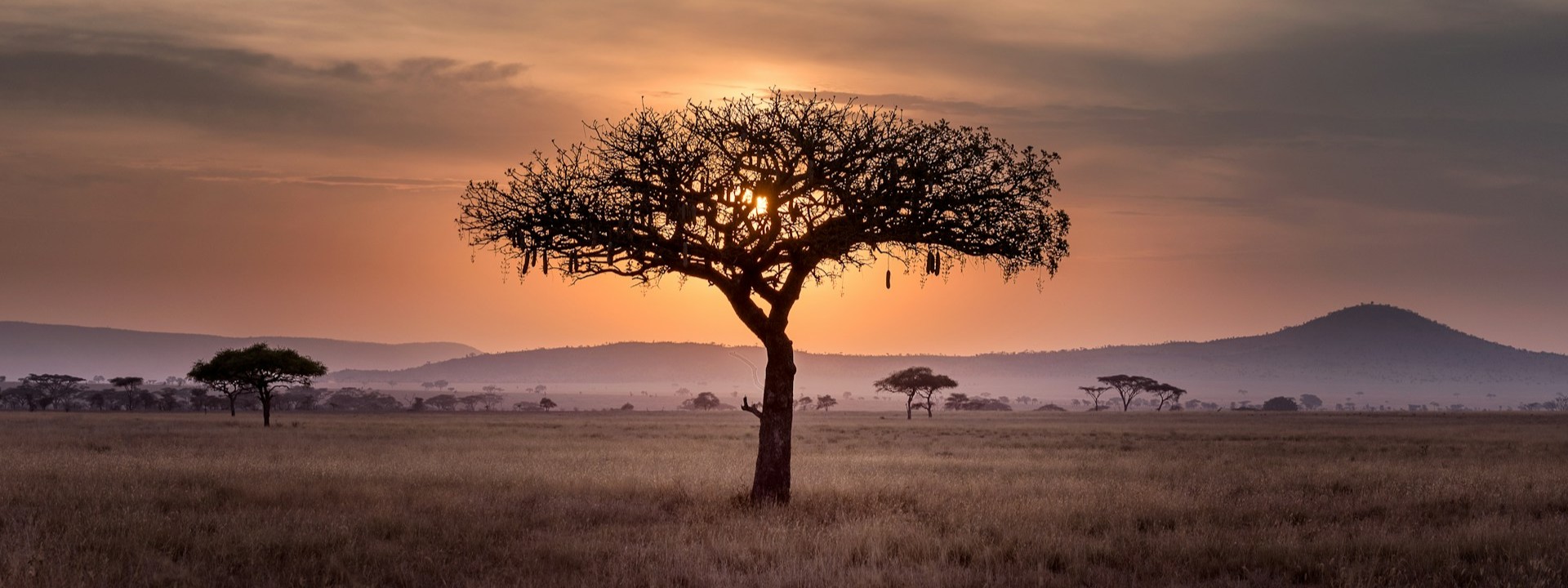
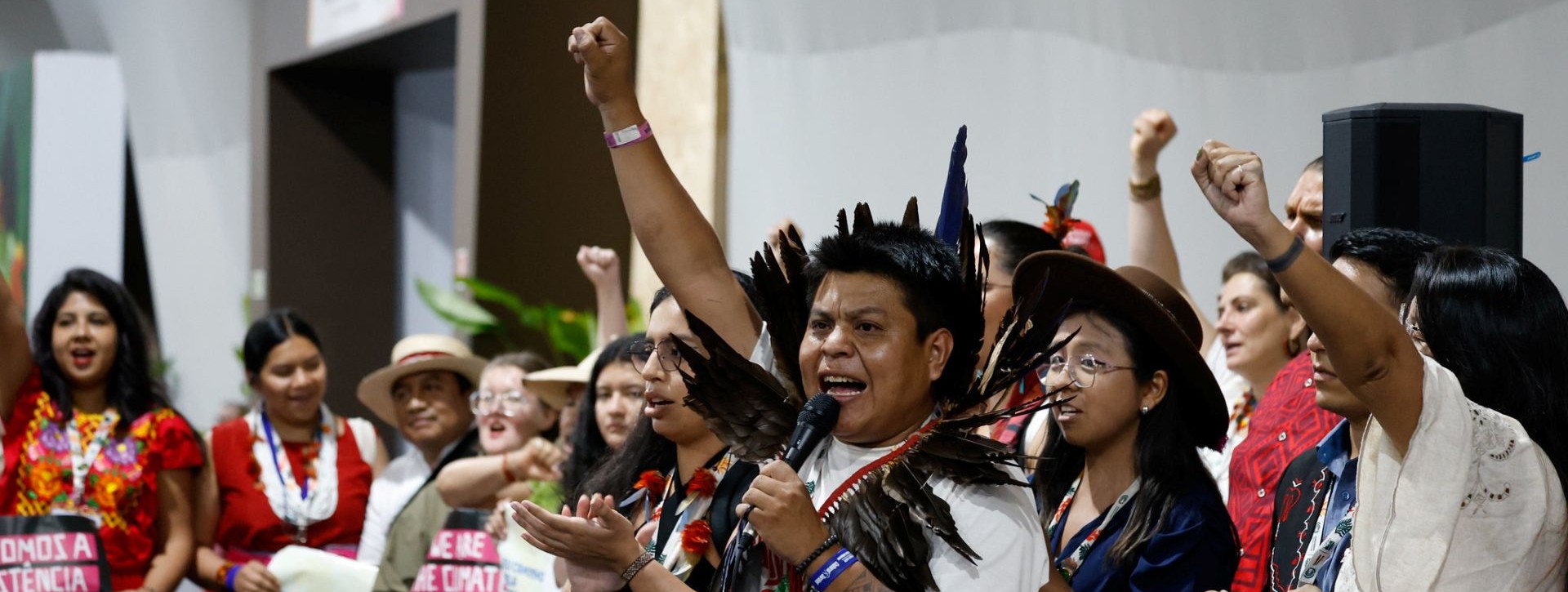
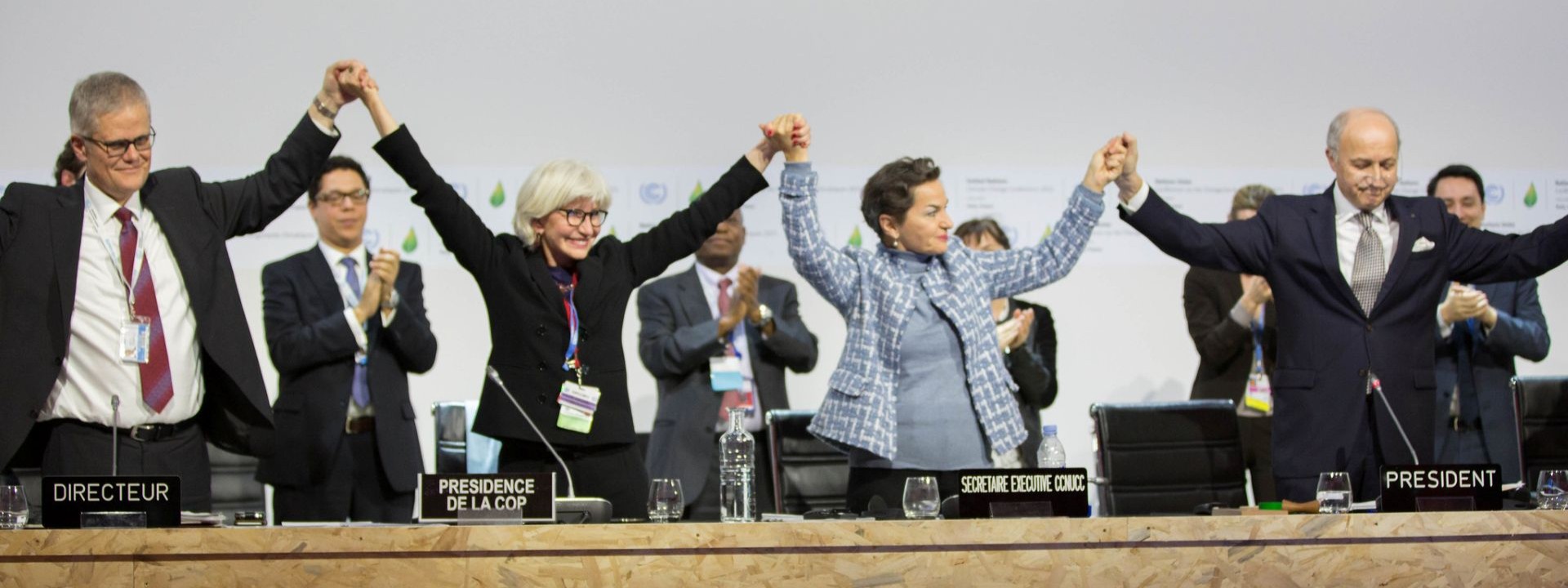
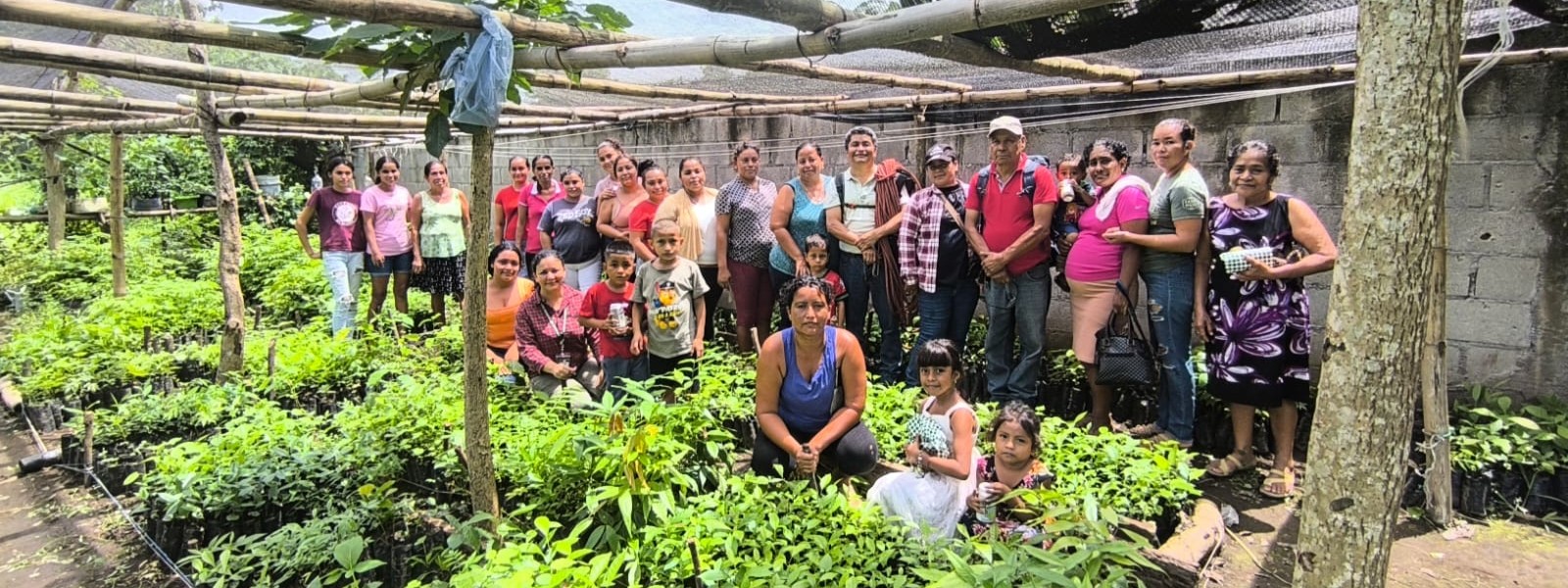
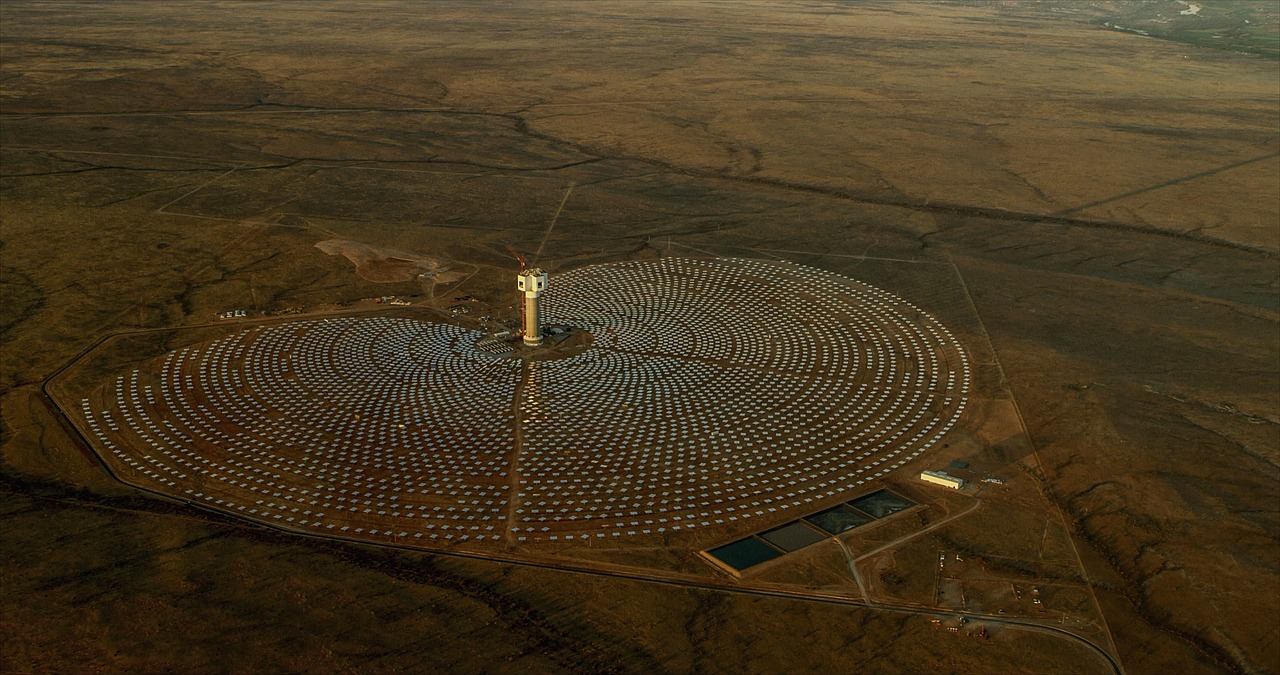
Share your thoughts with us